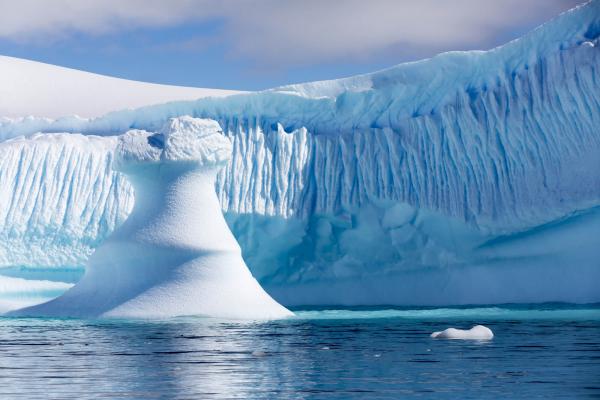EVERY POLITICAL LEADER on the planet should be stuck aboard a jet and taken north to see the Greenland ice sheet—it would be well worth the carbon emissions to show them just how fast climate change is now happening.
Case in point: I was aboard a boat en route to the Qaterlait glacier in August when I looked up at the GPS unit above the captain’s head. It showed an icon of the boat, steaming rapidly across ... solid land. That’s because when the chart was drawn a decade ago, the bay we were crossing didn’t exist: It was still solid ice.
I had the great fortune of journeying to the ice sheet with two young poets—a Greenlander named Aka Niviâna and a native of the Marshall Islands, Kathy Jetñil-Kijiner. These two remarkable women were at opposite ends of the same story—as the ice melted, the traditional life of Greenlanders was beginning to disappear. And the water that poured into the oceans is now drowning low-lying islands such as the Marshalls.
Read the Full Article

